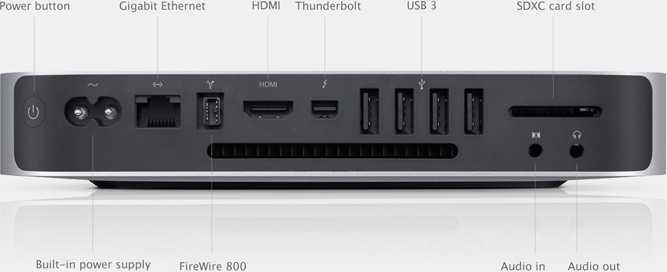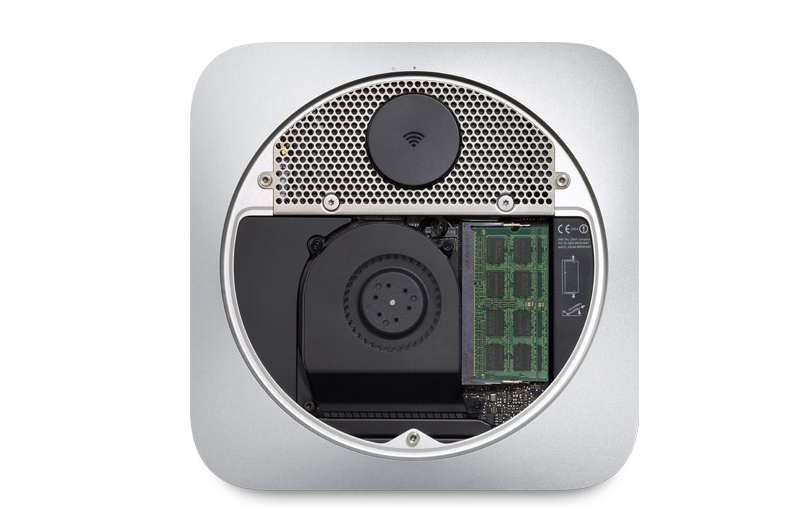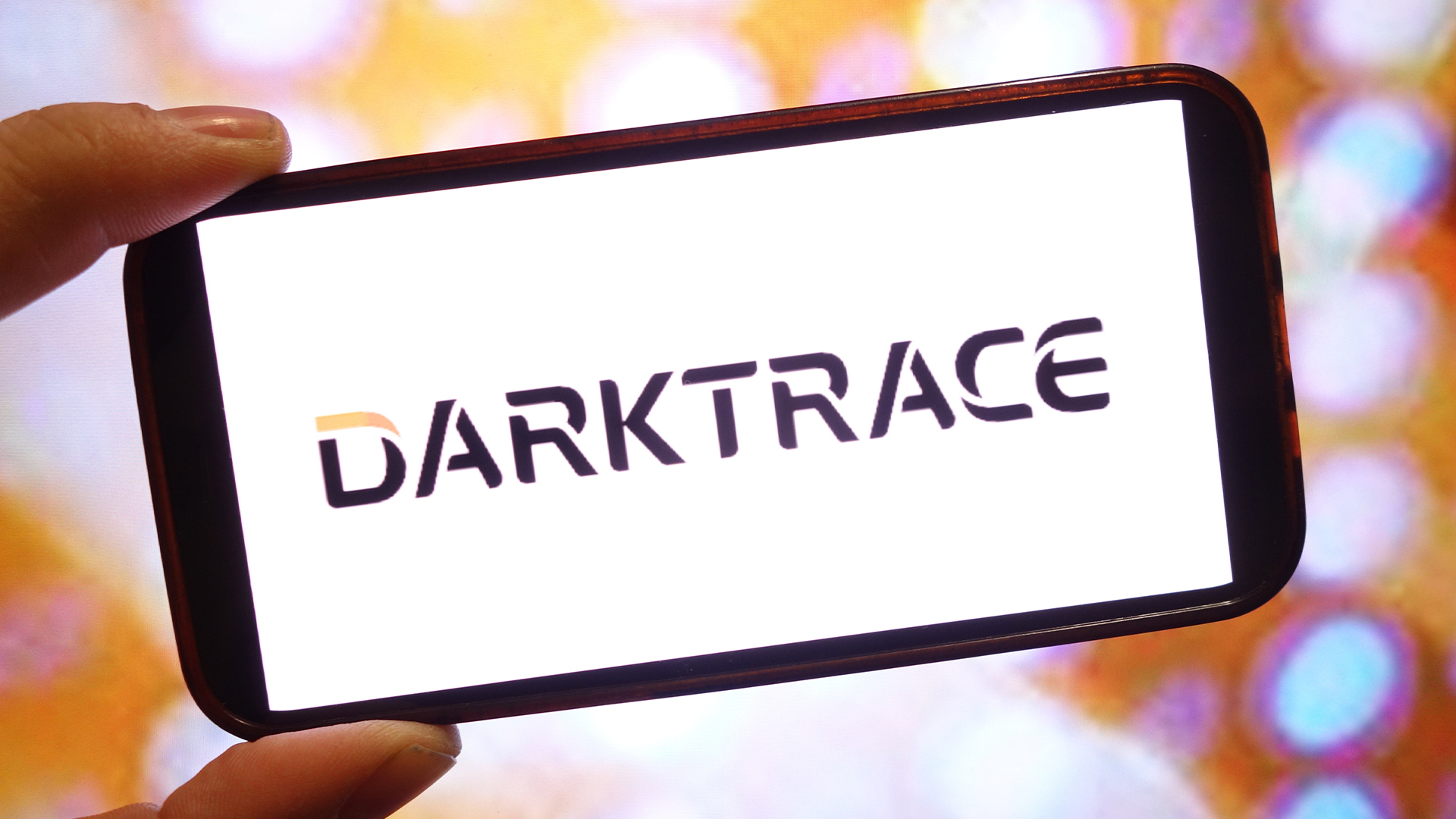Apple Mac mini (2012) review
The Mac mini retains the same design, but Apple has included the Fusion Drive technology and beefed up the processors. Do these upgrades justify the £799 pricing?
Apple's Mac mini doesn't look any different to last year's version, but this doesn't matter because the design and build quality is outstanding. The Fusion Drive is a luxurious addition and Ivy Bridge upgrades provide plenty of power but these optional upgrades don't come cheap - unless you've got money to burn, the low-end models are more affordable and almost as impressive.

Familiar surroundings
The ports are still collected on a black panel across the rear of the machine. This year's quartet of USB ports have been upgraded to USB 3, and they're partnered by HDMI and Thunderbolt connections. There are Gigabit Ethernet and FireWire sockets, two 3.5mm audio jacks, and an SD card reader.

Internal access is limited like all Apple products, but the Mac mini is still more accessible than say an iPad or an iPhone. The Mac mini is opened by rotating and removing a black plastic disc from the base, and at first glance only the two memory sockets are accessible. They were both already occupied in our review model, but they're able to accept up to 16GB of DDR3 memory. It doesn't have to be Apple memory, either, which is handy - upgrading from 4GB to 16GB of RAM at the point of sale adds a hefty 240 to the cost.

The hard disk can be accessed, but this is trickier - the fan on top of the processor has to be removed, and this part of the machine is held in place by Torx screws.
Upgrades
The expensive memory upgrade isn't the only choice to be made at the checkout.The basic 499 version includes a Core i5 processor and a 500GB hard disk, and the more expensive 679 machine includes a 2.3GHz Core i7 chip and a 1TB hard disk.
The cheapest model can only be enhanced with the expensive memory upgrade, and the 679 machine is more versatile. Upgrading to the 2.6GHz Core i7 we've tested adds 80 to the price, fitting the 1TB Fusion Drive costs an extra 200, and adding a 256GB SSD and foregoing a hard disk at all will cost an additional 240. None of these upgrades are cheap, and it brings our review sample in at 959 - almost twice the amount we'd expect to pay for plenty of other small-form-factor systems.
The third of this year's Mac mini models is designed for businesses. The server edition includes the 2.3GHz Core i7 processor alongside a pair of 1TB hard disks and a copy of OS X Server, but the price starts at a formidable 849. It's gots its own high-end storage upgrade, too: fitting the machine with a pair of 256GB SSDs adds 480 to the price.
Conclusion
Apple's upgrades don't come cheap - and we're not sure of their worth to most businesses. The Fusion Drive and Core i7 processors are impressive bits of hardware, but they're luxury additions - in every day use, the more modest Mac mini will be ample for almost everyone.
Although our review unit offered up high performance the 799 ex VAT price is not going to attract mass deployment. We'd opt for the 499 version as you're still getting much of what makes the Mac mini great: unmatched build quality, great design and plenty of power.
Verdict
Apple's Mac mini doesn't look any different to last year's version, but this doesn't matter because the design and build quality is outstanding. The Fusion Drive is a luxurious addition and Ivy Bridge upgrades provide plenty of power but these optional upgrades don't come cheap - unless you've got money to burn, the low-end models are more affordable and almost as impressive.
OS: Apple OS X Mountain Lion
PROCESSOR: 2.6GHz Intel Core i7-3720QM
RAM: 16GB DDR3
STORAGE: Apple Fusion Drive
CONNECTIVITY: Gigabit Ethernet, dual-band 802.11n WiFi, Bluetooth 4.0
PORTS: 4 x USB 3, ThunderBolt, FireWire, SD card reader
DIMENSIONS: 197 x 197 x 36mm (WxDxH)
Get the ITPro daily newsletter
Sign up today and you will receive a free copy of our Future Focus 2025 report - the leading guidance on AI, cybersecurity and other IT challenges as per 700+ senior executives
Mike Jennings has worked as a technology journalist for more than a decade and has been fascinated by computers since childhood, when he spent far too long building terrible websites. He loves desktop PCs, components, laptops and anything to do with the latest hardware.
Mike worked as a staff writer at PC Pro magazine in London for seven years, and during that time wrote for a variety of other tech titles, including Custom PC, Micro Mart and Computer Shopper. Since 2013, he’s been a freelance tech writer, and writes regularly for titles like Wired, TechRadar, Stuff, TechSpot, IT Pro, TrustedReviews and TechAdvisor. He still loves tech and covers everything from the latest business hardware and software to high-end gaming gear, and you’ll find him on plenty of sites writing reviews, features and guides on a vast range of topics.
You can email Mike at mike@mike-jennings.net, or find him on Twitter at @mikejjennings
-
 Google faces 'first of its kind' class action for search ads overcharging in UK
Google faces 'first of its kind' class action for search ads overcharging in UKNews Google faces a "first of its kind" £5 billion lawsuit in the UK over accusations it has a monopoly in digital advertising that allows it to overcharge customers.
By Nicole Kobie Published
-
 Darktrace unveils tailored AI models with a twist for its cybersecurity agent
Darktrace unveils tailored AI models with a twist for its cybersecurity agentNews Darktrace has announced new AI models for its agentic AI security tool, but it's taken a novel approach to tackle hallucinations.
By Rory Bathgate Published
-
 This tech company wants to pay staff to look after their mental and physical wellbeing
This tech company wants to pay staff to look after their mental and physical wellbeingNews Hot on the heels of its four-day week trial, tech company Thrive is offering staff new incentives to take care of their mental and physical wellbeing.
By Ross Kelly Published